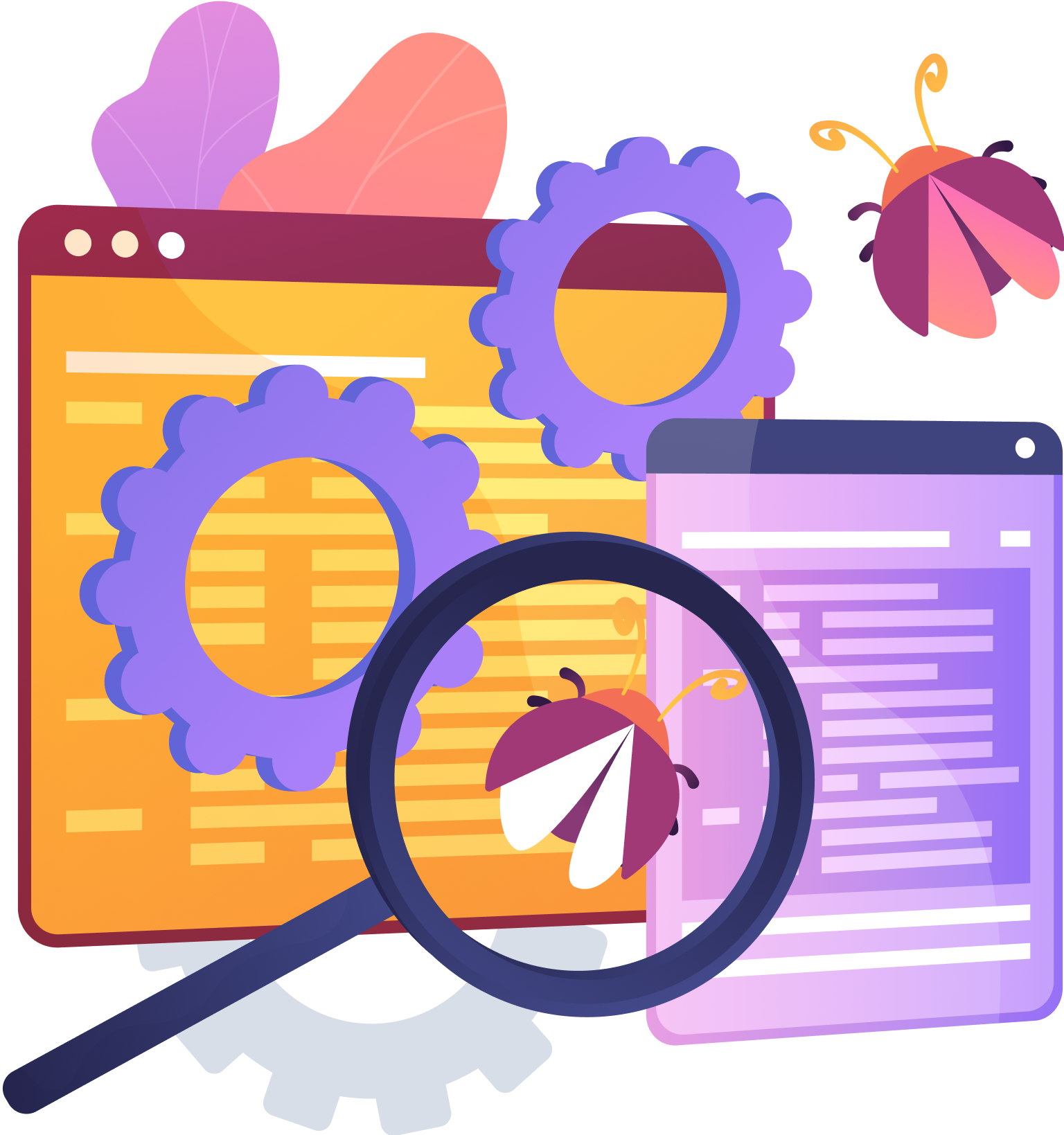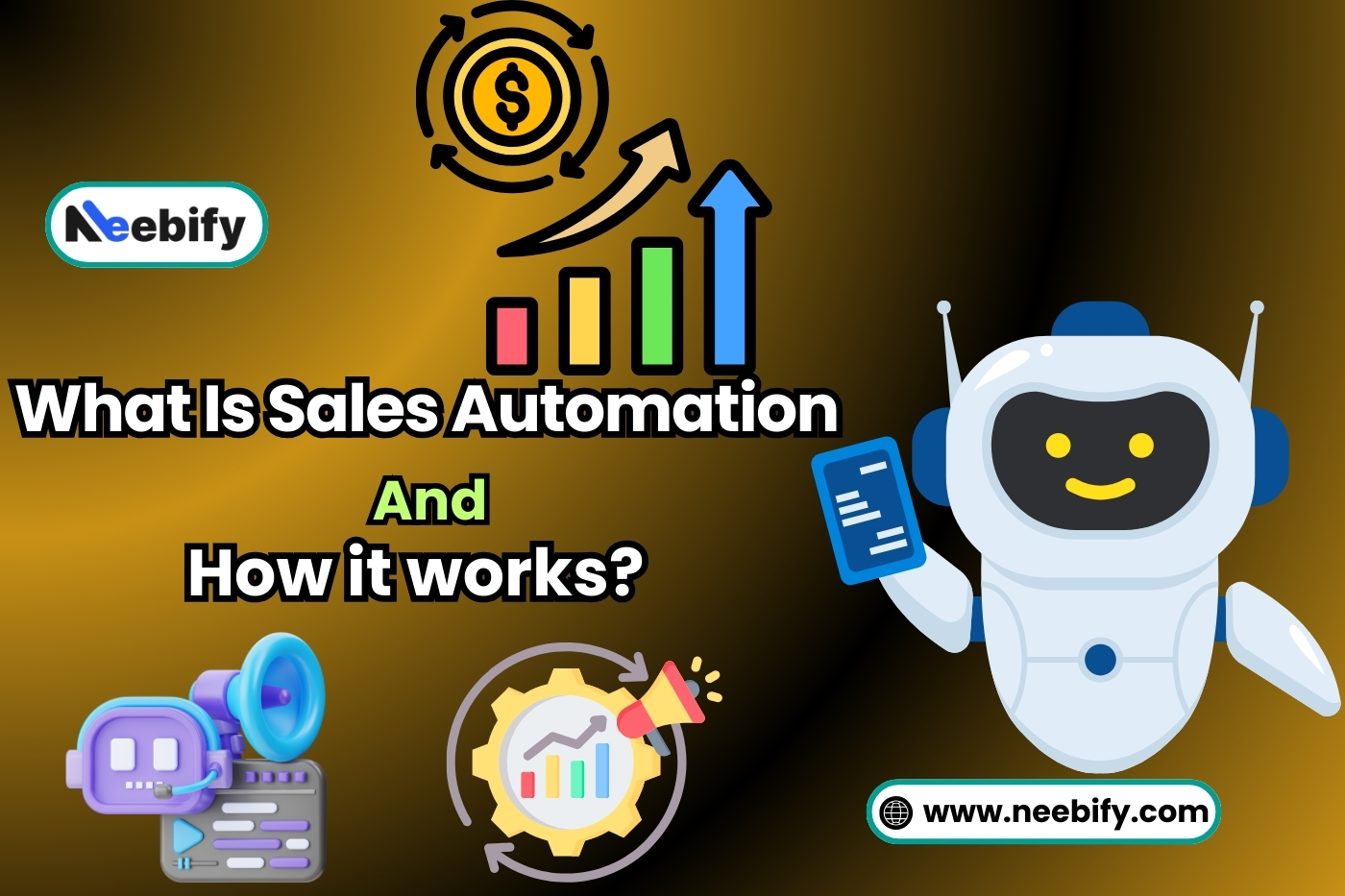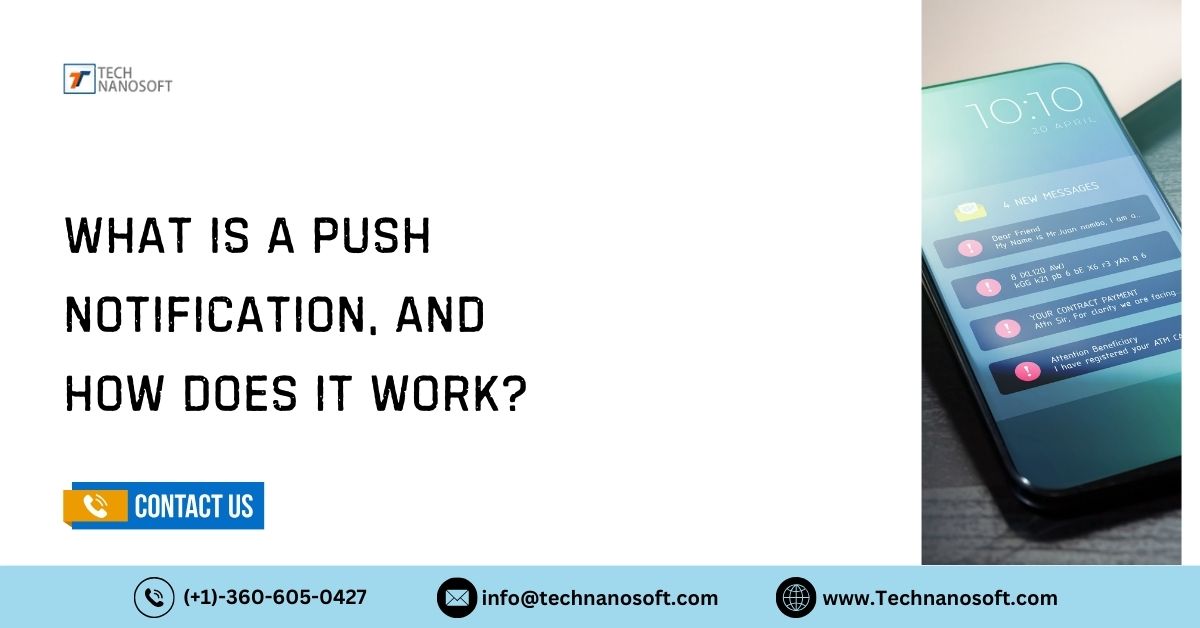What is UI UX Apps and Web App Design? Designing Tools

This article will cover important aspects of UX apps design, including what ui ux software are, how they vary between UX for apps and web apps, why UI and UX design are essential, and some well-known apps with great UI and UX performance. UX is about how satisfied the user is with the digital product, while UI is about how it looks.
In terms of UX, apps focus on how you move your finger and the features that only work on that device. On the other hand, web apps are all about how to use the mouse and make adaptable designs. The drawing process goes faster with tools like Adobe XD and Figma. This helps apps like Spotify and Airbnb keep their users excited and returning.
What is UI and UX App Design?
UI
The user interface is the part of a digital product or service that people see and can use. It includes the buttons, options, icons, and pictures that people see, touch, and use on a computer. The goal of a well app ui design is to create a style that looks good and is easy to use, so that users can quickly move around in the digital world.
UX
UX is how a person feels when they use a service or product. There's more to the system than just how it looks. It's also how people feel, think, and move through it. A good UX designer looks at what people want and how they behave to make the product as simple, fun, and easy to use as possible.
To give users meaningful and satisfying experiences, you need to try things, do research, and keep making everything better.
What are UX Web Apps and UX Apps Building?
UX Web Applications
For web apps, UX, which stands for "User Experience," is the process of planning and making the whole experience better for people who use a website or web app. You need to know how people act, what they like, and what they need to make systems that are fun and easy to use. For web apps, UX designers pay attention to layout, navigation, responsiveness, and usability to ensure the user journey is smooth and enjoyable.
UX designers do user research, develop, test, and make small changes repeatedly to make web apps better for all devices and browsers. They are also easier to use and more enjoyable for everyone.
UX Apps Building
This is the process of making exciting and user-centered mobile apps. It's referred to as UX app building. It requires a method that works for everyone and blends app-making steps with user experience (UX) design ideas.
It would help you learn a lot about your users when creating a UX apps. You need to know who they are, what they want, and where they're having trouble.
Then, to see how the app will look and work, artists make wireframes, models, and prototypes. Iteration and usability testing can improve the UX of an app. These steps ensure the app usability, information organization, valuable interactions, and overall user satisfaction. Good UX app building apps that do what users want, get people to connect with them, and help businesses reach their goals.
READ ALSO- Top 10 Tools and Techniques for App Design
Common Types of UI and UX Design Software
Wireframing Tools
Designers and ui ux developer can use ui ux design software known as sketch tools to create rough plans for the assembly and layout of websites, apps, and other digital goods. These tools primarily aid in organizing a design's layout. They assist with navigation, material placement, and overall information organization.
They help you see a project's big picture and flow before you get into the more specific design or development steps. Many people use wireframing tools like Miro, Balsamiq, and Lucidchart. They're easy to use, so you can quickly draw out ideas and make design drafts with other people.
Mobile app UI Design Tools
Mobile ui design tools are software pieces that can help you create user interfaces that look good and are simple. These tools expedite the design process by providing drag-and-drop features, pre-made components, and extensive collections of visual elements.
To ensure the user experience looks good on all devices and screen sizes, they pay close attention to their designs to the last pixel. The best tools for making UIs are Sketch, Adobe XD, and Figma. They make it easy for designers to turn wireframes into finished mockups that work well for users.
Prototyping Tools
Designers need prototyping tools to create prototypes that look and feel like how a person would interact with a computer interface. These tools come in different kinds, from low-fidelity prototypes that look and feel like the real thing to high-fidelity prototypes that test complex user processes. Designers use prototyping tools such as InVision, Marvel, and Proto.io to demonstrate functionality, gather feedback, and modify ideas before final construction. These tools allow designers to try and improve their ideas more quickly because they link fixed designs with changing user experiences.
User Testing Tools
To find out how well and how easily digital ideas or samples work, it's beneficial to get feedback from real people. For this, user testing tools are essential. Users' journey data, polls, heatmaps, and session recordings are some of the tools that can help you learn how people use your site and what they like.
Maze, UserTesting, and Hotjar are tools designers and ui ux developer use to test with users in person or online, find pain points, and use data to guide design decisions. With the help of user testing tools, teams can make things better for users, get them more involved, and ensure that products meet user wants and business goals.
Differences Between UX for Apps and Web Apps
Platforms and Interactions
Mobile platforms like iOS and Android optimize apps' user experience (UX) by prioritizing touch movements and exclusive features. This approach takes into account the popularity of handheld devices and makes it easier for people to tap, swipe, and move their fingers. On the other hand, web apps design their UX to function effectively across all browsers and devices. The design prioritizes keyboard and mouse usage, ensuring adaptability to suit any screen size.
Screen Size and Context
Apps pay more attention to layouts for smaller screens, which makes it easier for people on phones to find their way around and see information. With this design style, users should be able to focus and get things done quickly. It also works well on small computers.
On the other hand, web apps can fit on giant screens and show more pictures and pages with more information. Not only that, but they can also add complicated functions that work better on desktop or tablet computers.
Offline Access
Apps can provide offline features that enable users to access certain features or content without an internet connection. This feature makes things easier for users and ensures they can still use the app even when they can't connect to the internet. Conversely, web apps typically require an internet connection to function. However, some web apps may store data locally so that you can use them even when you're not online.
Installation and Updates
Because apps open straight from app stores, it's easy for users to access them and update them when they need to. Most updates happen through app stores, which ensures that users get the newest features and security changes without any issues. On the other hand, web apps don't require a launch because you can access them through URLs. They also keep themselves updated, so users always have the most current version without doing anything.
Performance and Optimization
Specific devices, like phones and computers, optimize apps for optimal performance. This optimization entails using memory and computer power more quickly. On the other hand, web apps focus on responsive design and cross-browser support to ensure they work the same way on all web platforms and devices, without making changes to work better on specific devices.
User Engagement and Retention
Push notifications and gadget features help apps keep users interested, which makes them connect with and remember the app more. Because they use mobile phones' unique features, they send personalized messages at the right time, which piques people's interest. On the other hand, web apps make it easier for users to connect with and stay with them by using web messages and responsive designs. This way, users can have the same experience on all browsers and devices, and they can use engagement tactics that work best on the web.
Why is UI/UX Design Important For Mobile Apps?
Simple To Use
UI/UX design aims to make it easy for people to move around in apps and on the web. It means making user interfaces with clear menus, hierarchies, and logical lines that make it easy for people to get where they want. By putting the user experience first during the design process, UI/UX designers make it easy for people to think, interact, and use the whole thing.
Users are happier and more likely to stick with an app if finding their way around is easy. They are also more likely to explore and connect with it, which makes it successful and popular with users.
Brand Reputation
In the digital world, how good a brand's ux and ui design software is determines how people see it. It means ensuring that the app's or web app's interface design uses the same colors, fonts, images, and visual styles for all of the brand's parts. Strengthening a brand's identity across all touchpoints leads to increased recognition and increased user value.
A good user experience that fits with the brand's style and values leaves a lasting impression, helps people remember the brand, and makes them more likely to stick with it. Build a strong brand image through UI/UX design. This will give your business an edge over competitors and help you build better customer relationships.
Boost Conversions
It is easier for people to do what they want in an app or on the web when the mobile ui design and UX design apps are good. This is because improving user paths leads to higher conversion rates. It means putting "Call to Action" buttons in a bright place, making it easy to check out, and eliminating things that could stop people from converting.
Tests and user interviews help designers learn about their habits, likes, and issues. Users are more likely to sign up, buy something, or join a service if they have a good experience. Improved ease, trust-building features, and personalized experiences are just a few of the things that can lead to higher conversion rates. These can help a company expand and make more money.
Competitive Benefits
Lately, the digital world has been very competitive. UI/UX design is critical to making apps and web apps stand out. It distinguishes itself from other products in the same field because it has a great user experience that makes people happy, encourages good interactions, and builds emotional relationships.
Companies can stay ahead of the competition, gain new users, and keep existing ones by constantly making changes based on what consumers say and what the industry is doing. Designing with the user in mind makes the product more straightforward to use. It boosts the brand's image, makes customers happy, and increases market share, making the app or web app the best in its field.
Engaging Users:
How do you capture and retain users' attention in apps and on the web? Use attractive UI/UX designs. Some of these include making experiences more personalized, adding engaging parts, and creating exciting content that meets users' needs and wants. People want to connect with an app, check out its features, and spend more time inside it when the design is attractive.
This leads to longer sessions and more visits. By giving users a good experience, UI/UX design increases brand loyalty, encourages word-of-mouth suggestions, and boosts brand advocacy. Active users, session lengths, and contact rates are all good indicators of how involved users are in an app ecosystem. This means that users are happy and loyal.
Apps with The Best UI/UX
Uber
When it comes to smooth ride-hailing, Uber app is the best example of great UI/UX. The app user-friendly design makes it effortless to request rides, view available riders, and securely make payments. It is well-known worldwide because it is simple to use, has personalized features, and is easy to get to.
Airbnb
The Airbnb app has great UI/UX, making it fun for people to book places to stay worldwide. The clean layout, vivid pictures, and simple search filters make booking more accessible, which keeps users interested and makes them more likely to stick with the app. By giving travelers personalized ideas, interactive maps, and honest reviews, Airbnb ensures that their trips are fun and easy.
Zocdoc
When it comes to making doctor's appointments easy, Zocdoc app really shines. It's easy for users to find doctors, make appointments, and access their medical records. The app's telemedicine options, thorough doctor reviews, and easy-to-use design prioritize users' needs and ease of access to healthcare, making patients happier and more loyal.
Gumtree
With Gumtree's app, it's simple and quick to buy and sell things in your area. It's easy for users to make deals because the categories are well organized, the search filters are strong, and the message system is safe. Users trust the app and join in because it has clear product lists, seller ratings, and a safe community setting. This makes transactions go smoothly, and users are happy.
SpotHero
The SpotHero app makes booking parking spots in busy places easier. Its navigation and real-time updates on availability make it easy for users to find, book, and pay for parking spots. Because it's simple to use and booking is quick and easy, SpotHero makes parking easier, saves time, and calms down its users.
The Pinterest app makes it easy to find pictures and get ideas. Users are more interested and satisfied with it because of its grid-style layout, personalized content suggestions, and simple saving options. The app's hand-picked content, shared pinboards, and creative tools make people want to discover and be creative. So, it's a great spot to get ideas, make plans, and meet people who like the same things you do.
Conclusion
TechnanoSoft top tier UX apps that work well on iOS, Android, and other mobile platforms because they know how to use touch gestures and devices' unique features and make browsing easy. Not only does our team ensure that your app looks good, but it also works correctly so people will keep using it.
This is similar to how TechnanoSoft ensures that UX web apps work well on a variety of devices and with different browsers. We pay attention to keyboard shortcuts, how the mouse works, and clean layouts to ensure that PCs, tablets, and other web-enabled devices work smoothly and are fun to use.
FAQs About UX Apps
Q.1- What does UX mean in app development?
A- UX, which stands for "User Experience," is a person's whole experience with a mobile app. It looks at how available the app is, how easy it is to use, and how happy users are with its style, navigation, and features.
Q.2- What's the difference between UX for apps and web apps?
A- Regarding apps, UX is all about touch motions, features that only work on specific devices, and making it easier to move around on iOS and Android phones. In web apps, however, UX is more about cross-browser support, flexible design, and how the mouse works on different devices.
Q.3- Why is UX design important for apps?
A- You must consider UX design if you want your app users to be happy, involved, and loyal. A well-thought-out UX makes the app easier to use, promotes good interactions, and helps the app do well overall.
Q.4- What are the most essential parts of a good UX apps?
A- A good UX app has an apparent visual structure, quick opening times, an accessible design that works on all devices, fun interactions that keep users interested, and easy-to-use navigation.









